Description of flavor and taste characteristics of brewing parameters of Ethiopian Sidamo coffee bean 90 + candlestick coffee
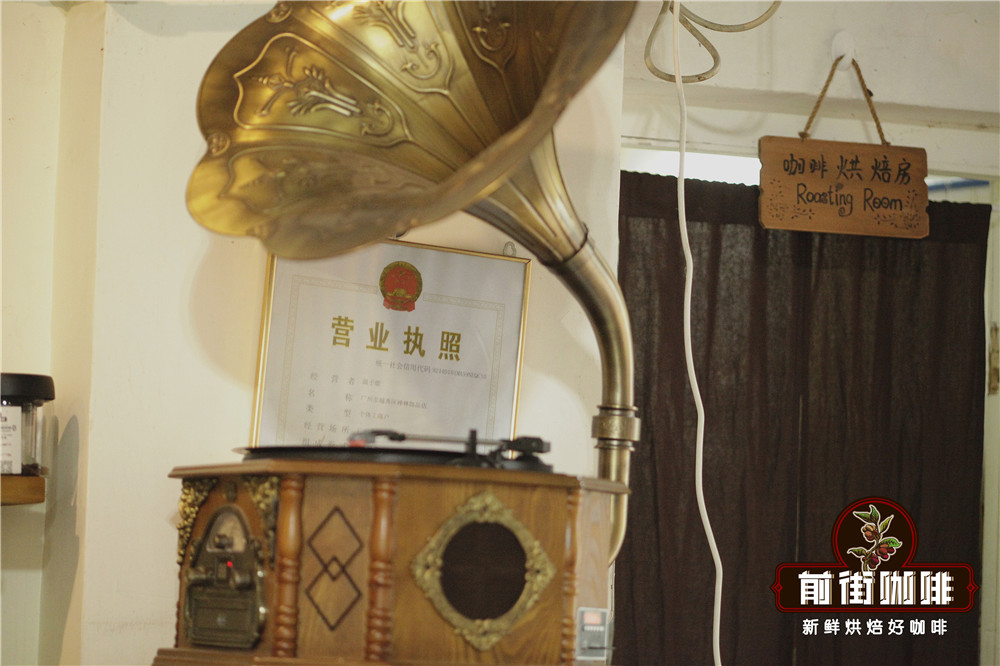
Professional coffee knowledge exchange more coffee bean information please follow the coffee workshop (Wechat official account cafe_style)
Guide reading
I believe that the little friends who usually drink hand-brewed coffee must be no stranger to Ethiopian coffee, among which coffee from Sidamo is popular. When it comes to coffee beans in Sidamo, the most famous coffee beans are not only Sakui coffee beans, but also candlelight coffee beans are also the heart of coffee people. In front of this article, let's have a chat on the front street, from "Tuhao among Tuhao", the ace bean of 90 + raw bean company-Candelang.
Where is the Sidamo coffee producing area?
The Sidamo region is located in the south of Ethiopia, extending to the districts of Arsi and Bale in the east and Gamogofa in the west. Sidamo coffee is cultivated at the altitude of 1400m-2000m. The industry here is dominated by agriculture, and the main growing area of coffee is around the Great Rift Valley (Great Rift Valley) of East Africa. Sidamo has developed rapidly in recent years and is an important distribution center for coffee export.
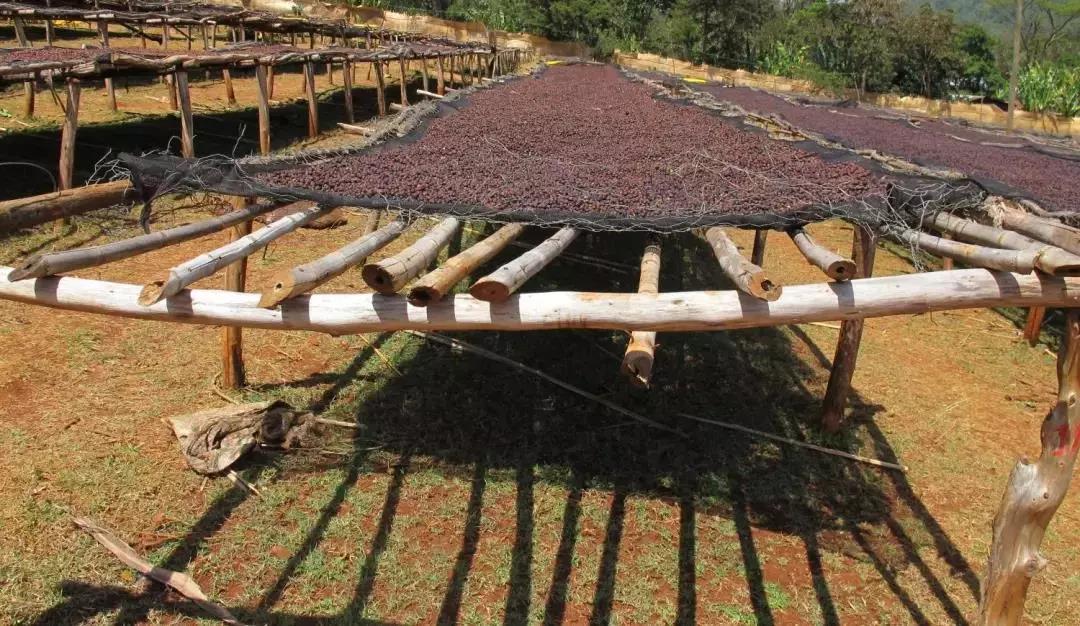
The coffee flavor of Sidamo is very diverse, and the different soil types, microclimate and countless native coffee species make the coffee produced in each town have obvious differences and characteristics. Most of the coffee beans in the Sidamo area are treated by the sun treatment. Qianjie believes that the sun treatment makes the coffee beans in the Sidamo area have a strong fruity aroma and smooth taste.
What is 90 + Raw Bean Company
Ninety percent of the raw beans are from the original varieties of Ethiopia, including the Manor of Panama (Gesha) is also the original variety of Ethiopian heirloom (Heirloom) transplant. The processing process is 90 + specialty, will separate these coffee according to variety, microclimate, fresh time one by one, one by one, specially designed processing methods for each taste, to achieve a taste feature, just like the big-brand design, painstaking research, painstaking efforts to complete a handicraft close to art. Natural products go through a lot of refinement and improvement, and finally reach the most beautiful posture before presenting the content to everyone.

What are candlelight coffee beans?
The origin of the name: Drima Zede (candle candle, the name of the Sidamo coffee bean in Qianjie) means "Best Approach" in the local dialect. According to the information provided by the original factory, this Yega Xuefei is a series of tailor-made products developed based on 90 + years of experience. With the support of 90 + technology, Drima Zede only selects the most mature coffee cherry fruits by hand, using high scaffolding in the sun, and the sun drying process is even more painstaking stirring to ensure uniformity. Qianjie tested the candlelight coffee beans before the 2020 season, its taste is full and smooth, nectarine berry flavor is prominent, sweet and sour balance, cold also shows more tropical fruit flavor.
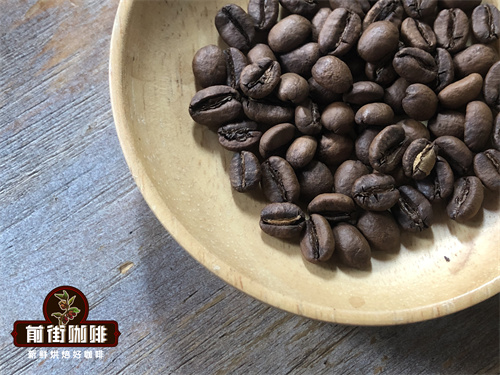
Has the flavor of candlelight coffee beans changed? Because the variety has been changed.
In 2013, 90 + launched the candle candle product in Ethiopia, which enhanced the flavor of Ethiopian native species through deeper fermentation. In 2020, the 90 + team also applied this treatment to the Kaddura variety in Panama and rebuilt the candle instead of the original Sidamo, so the 90 + candle variety in the new 2020 season is no longer a native species but a common Panamanian Kaddura. Qianjie tests the candlelight coffee beans in the 2020 season. The berries have reduced flavor, plum-like acidity and smooth taste, with mangoes and nectarines in the finish.
How to bake candle Mang coffee beans?
The furnace temperature is 200 degrees Celsius, the throttle is set at 3, the firepower is 160C, the throttle is unchanged, the temperature recovery point is 1mm 39% 32 ", and the furnace temperature is adjusted to 4 when the furnace temperature is 140". At this time, the bean surface turns yellow, the smell of grass disappears completely, and enters the dehydration stage. When the furnace temperature reaches 168℃, the firepower is adjusted to 140C, and the throttle remains unchanged.

The smell of toasted bread has obviously changed to the smell of coffee, which can be defined as a prelude to an explosion. At this time, it is necessary to listen carefully to the sound of the explosion point, when the firepower drops to 110, the throttle is adjusted to 5, and the fire power drops to 110, the throttle is adjusted to 5, and the pot is boiled at 196 degrees.
How to cook candle candle coffee beans?
Filter cup: V600001
Water temperature: 90 ℃
Powder content: 15g
Powder / water ratio: 1:15
Degree of grinding: medium and fine grinding (Chinese standard No. 20 screen pass rate 75%)
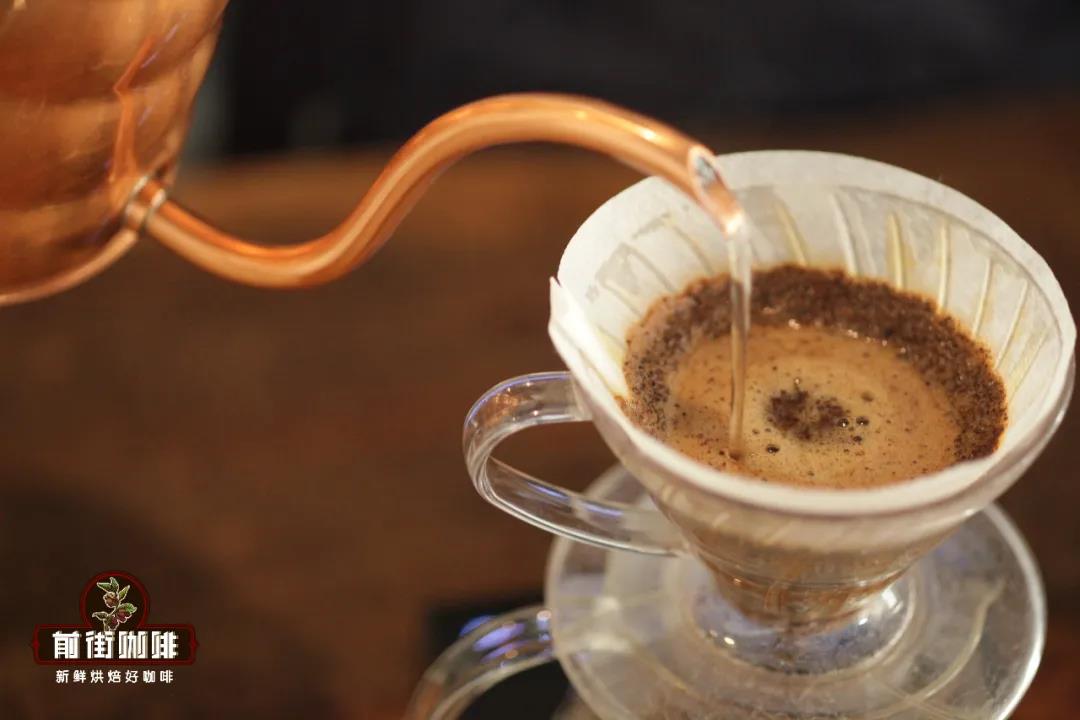
Qianjie cooking technique: three-stage extraction. Steam with 30 grams of water for 30 seconds, small flow circle injection to 125 grams, continue to inject water to 225 grams when the water level is about to be exposed, remove the filter cup when the water level is about to expose the powder bed, (steaming starts timing) the extraction time is 1: 59 ".
For more boutique coffee beans, please add private Qianjie coffee on Wechat. WeChat account: kaixinguoguo0925
Important Notice :
前街咖啡 FrontStreet Coffee has moved to new addredd:
FrontStreet Coffee Address: 315,Donghua East Road,GuangZhou
Tel:020 38364473
- Prev
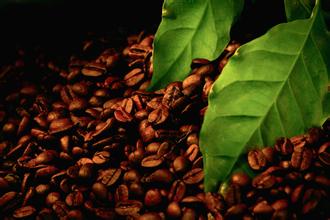
Description of taste and flavor of Katim coffee beans introduction of varieties produced by grinding scale
Katim coffee beans taste description grinding scale taste production area variety introduction Katim, as a variety that has taken root in Yunnan, I love and hate it. Although it has many shortcomings and is not suitable for planting at high altitude at all, there is still a lot of room for improvement and it has become better and better. How to discover more of its advantages and make use of them
- Next

Flavor description of Katim Coffee beans introduction to the method of Regional treatment of varieties produced by Grinding scale
Katim coffee beans flavor description grinding scale variety production area treatment method Arabica coffee trees are not easy to grow, many on high-altitude slopes, picking also needs to be carried out manually. But it is better to have a balanced taste and less caffeine. Robasta is relatively easy to plant. It is resistant to heat, cold, moisture, drought and tolerance.
Related
- Detailed explanation of Jadeite planting Land in Panamanian Jadeite Manor introduction to the grading system of Jadeite competitive bidding, Red bid, Green bid and Rose Summer
- Story of Coffee planting in Brenka region of Costa Rica Stonehenge Manor anaerobic heavy honey treatment of flavor mouth
- What's on the barrel of Blue Mountain Coffee beans?
- Can American coffee also pull flowers? How to use hot American style to pull out a good-looking pattern?
- Can you make a cold extract with coffee beans? What is the right proportion for cold-extracted coffee formula?
- Indonesian PWN Gold Mandrine Coffee Origin Features Flavor How to Chong? Mandolin coffee is American.
- A brief introduction to the flavor characteristics of Brazilian yellow bourbon coffee beans
- What is the effect of different water quality on the flavor of cold-extracted coffee? What kind of water is best for brewing coffee?
- Why do you think of Rose Summer whenever you mention Panamanian coffee?
- Introduction to the characteristics of authentic blue mountain coffee bean producing areas? What is the CIB Coffee Authority in Jamaica?

